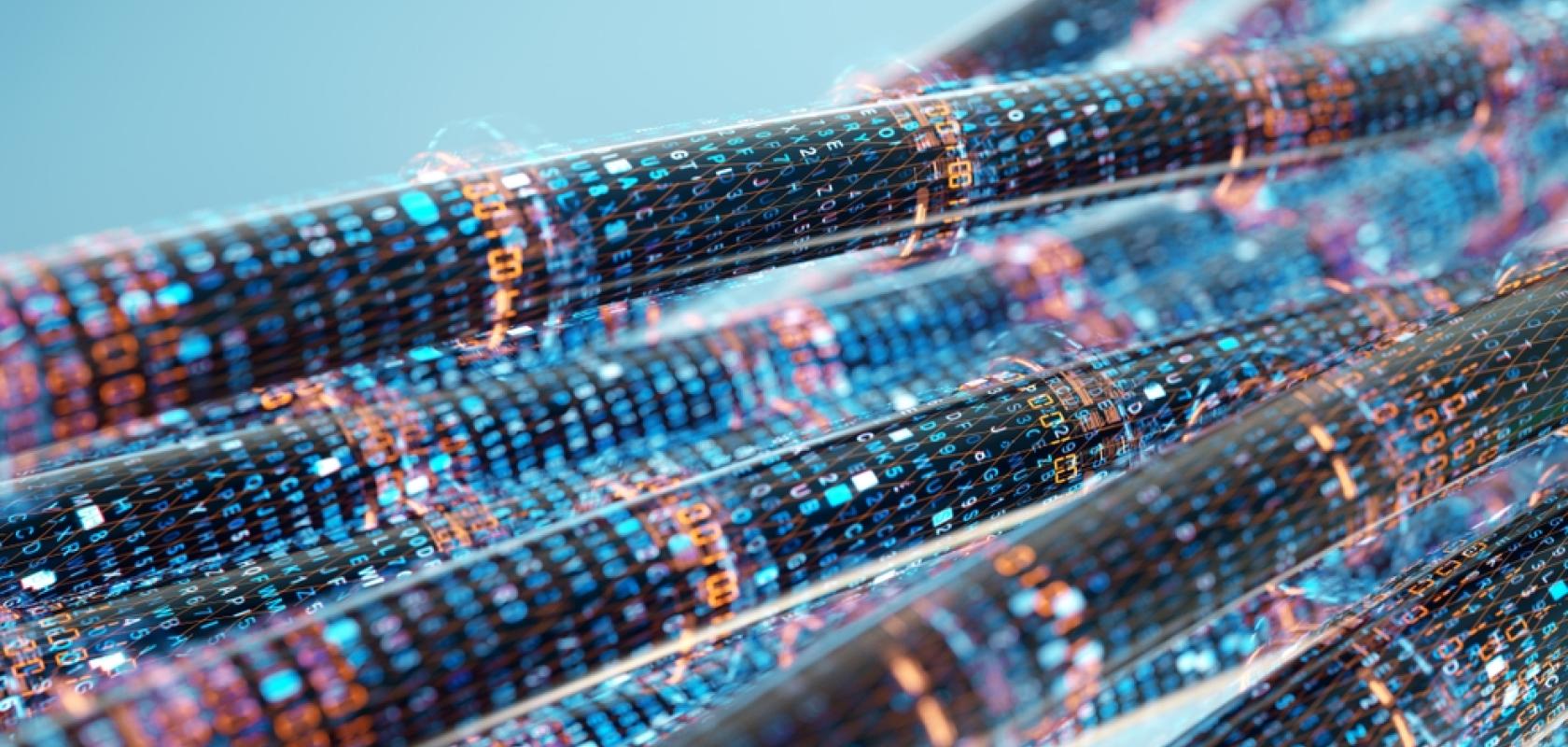President Ferdinand Marcos Jr. and Department of Information and Communications Technology (DICT) Secretary Ivan John Uy of the Philippines government have announced the launch of the National Fiber Backbone (NFB) Phase 1.
The NFB Phase 1 is a 1,245km cable network, stretching from Laoag, Ilocos Norte to Roces, Quezon City. It will illuminate 28 nodes and deliver an initial 600Gb/s of optical spectrum capacity. The first phase will connect 14 provinces across Northern and Central Luzon, Metro Manila, four Bases Conversion Development Authority (BCDA) eco-zones, and two National Government data centres.
Driving important last-mile initiatives
As the nation’s agency for ensuring universal access to dependable, and secure ICT services, the DICT will take advantage of the high-speed connectivity provided by the NFB to power important last-mile initiatives such as the National Government Portal (NGP) and Broadband ng Masa Program. Moreover, the infrastructures required for the successful execution of DICT projects will be provided by the National Broadband Program.
Upon completing the remaining phases of the NFB by 2026,the DICT expects to increase the penetration rate from 33% to 65% and reach 70 million out of the current 115 million population nationwide. This initiative is also hoped to lower the price of internet connectivity.
President Marcos says: “This backbone links us together—it serves as the economic spine that props up our growth, and supports our development. More importantly, we understand that in order for Filipinos to reach their full potential, we must invest in a fast and reliable internet. It gives me pleasure to lead the grand launch of Phase 1 of the first and only government-owned national fibre backbone.”
Secretary Uy adds: “Phase 1 signifies more than just laying cables and establishing connections; it represents a monumental leap forward in our journey towards a digitally empowered society. With the activation of these nodes, we are bringing high-speed internet across to underserved communities, unlocking opportunities for education, healthcare, and economic development. The next phases of the National Fiber Backbone project will focus on broadening our network coverage, extending connectivity across regions, and providing broadband internet access to government institutions and public spaces. By extending the reach of our digital infrastructure, we are levelling the playing field and empowering every Filipino to participate in the digital economy.”


